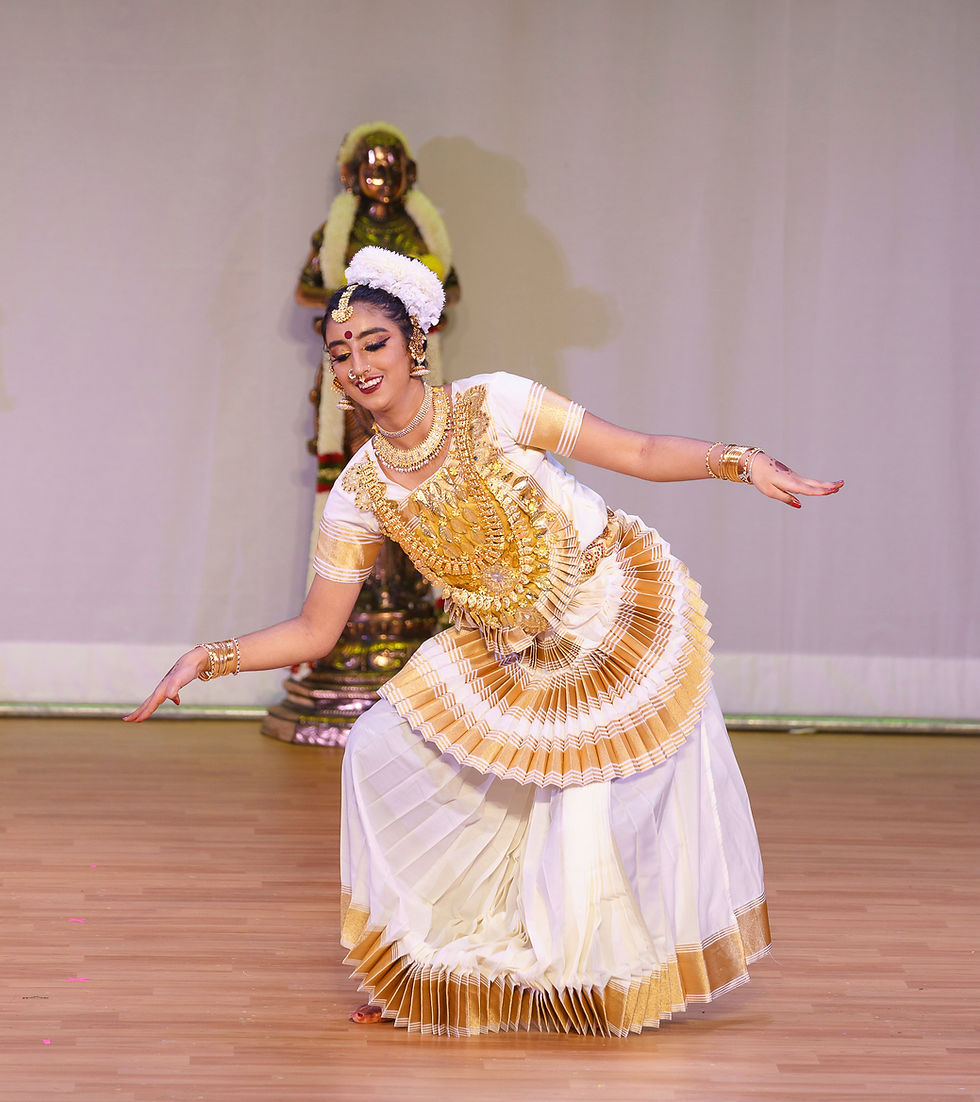

Dance as a Tool for Change
In this blog post, we’ll look at how dance can impact your broader community.

When I think of using dance as a tool for change, I realize the power of unspoken language and the impact on society. As I have discussed, every culture uses dance to conduct rituals, provide entertainment and express themselves. But recently, I have been thinking about the social impact dance can make. Famous artists have often used their platform to take a position on politics, religion, war and social issues. These platforms can have a huge impact on society. I felt this power when I choreographed a dance to Maya Angelou’s poem ‘Human Family’ during the COVID-19 pandemic. The ability to unify and connect to people’s emotions through dance was clearly evident to me as I taught the dance to friends and family over zoom.
Promoting diversity, equity and inclusion through dance is the goal of the Cultural Dance Club I started in my high school. Though our school is known for promoting and supporting dancers, as an Indian classical dancer I did not have an opportunity to share my love with my classmates. I was able to find support from my fellow Irish steppers, Ukrainian hopak dancers, salsa dancers and Adowa dancers from Ghana. We joined together and formed a group where we could teach each other our cultural dance forms. Since then we have taken one piece of music and choreographed and performed various styles of dance together in a beautiful medley of diverse dance. Dance unified and empowered us to create something beautiful.
I then took this idea of impacting society through dance to our local nursing home. I think it is safe to say that most of the residents at the home had never seen Bharatanatym, Kuchipudi or Mohiniyattam. But when I explained the history and ancestry of the art forms, the residents started to listen to my story. When I started dancing, people who were sleeping started clapping and keeping the beat. They were completely engaged and loved it! They asked me to come back and it is one of my favorite places to perform.
I have spent the last year serving as President of our Active Minds club where as an organization we work hard to break down barriers and stigma associated with mental health issues. Combining my love of dance and my interest on the impact physical health has on mental health, I am organizing a ‘Thon’ like dance marathon where we raise money for the national organization Active Minds. This combines my love of dance, bringing our community together, and supporting a cause that I deeply believe in. I believe dance can impact society and know that through dance we can break down barriers, impact mental health and promote diversity and inclusion.


Related Posts

Brain Basics
Inside of your skull is the most complex organ in your body: the brain. It’s responsible for everything from blinking to existential crises. In this blog post, we’ll zoom in on the neuron, the smallest building block of the human brain, how they function, make cognition and learning possible, and organize into larger structures with functional specificity.

The Neuroscience of Dance
How are humans able to coordinate their bodies to perform the highly complex movements involved in dance? What is happening in the brain when we learn new dance moves? Why do we even feel an impulse to move to music and rhythm in the first place? In this blog post, we’ll dive into the neuroscience behind the human drive to jive.